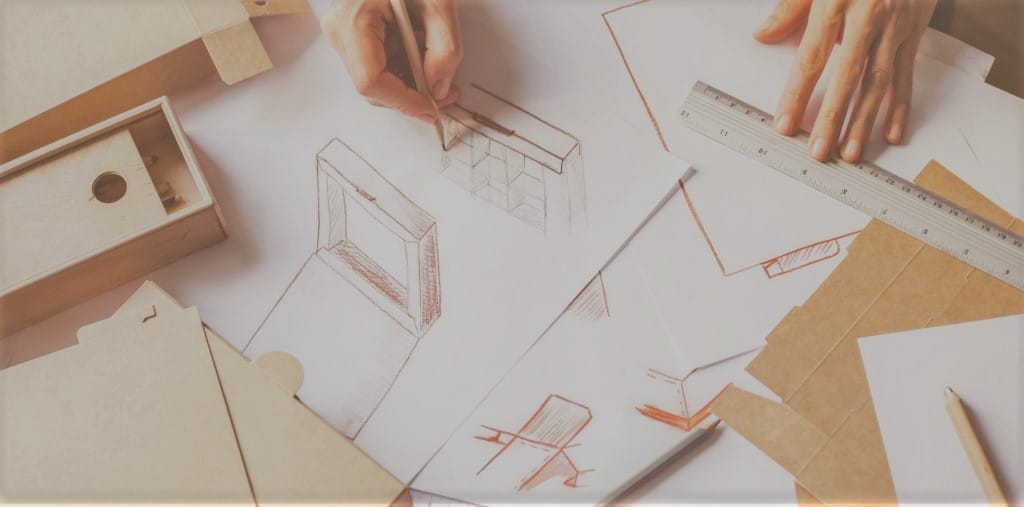Designs Amendments (Advisory Council on Intellectual Property Response) Bill 2020 passed by Parliament.
On 30 August 2021, the Federal Parliament passed the Designs Amendments (Advisory Council on Intellectual Property Response) Bill 2020 (Cth) (“the Bill”). This sets out a number of amendments to the Designs Act 2003 (Cth) (“the Act”). Other than various technical changes, the Bill will most notably introduce a 12-month grace period to file a design application after its first public disclosure.
Below is a summary of the designs amendments. As well as some brief comments regarding how these will change Design practice and enforcement.
1) Introduction of the 12-month grace period
To be registrable, the Act requires that a design be new and distinctive as at the priority date (usually the filing date). This is compared with the “prior art base”. Until now, this effectively meant that any public disclosure prior to filing prevented registration. Even if disclosed with the consent of its owner (such as through sales or marketing). There was only an exception for disclosure at recognised exhibitions.
Following amendments to be introduced by the Bill. The Act will disregard any publication or use by a “relevant entity”. Or, a person or body that derived or obtained the design from a “relevant entity”, being either:
- The registered owner of the subject design.
- Any predecessor in title of the registered owner.
- The designer, if not one of the above parties.
This will mean that intentional or unintentional disclosure of a design by the above persons will not prevent registration. Provided that the application is filed within 12 months after the first public disclosure.
However, there are broader implications for the introduction of a grace period.
Firstly, where Party A publishes but does not file Design A, and Party B files an application for Design B, which is identical to, or substantially similar in overall impression to, Design A, there is a presumption that the Party B derived or obtained Design B from Party A.[1] This will mean that the onus will be upon Party B to prove that they designed Design B independently of Design A. Even if the application for Design A has not been filed. This is similar to copyright law, which holds that there is no infringement if there is no copying. (ie. the alleged infringer had not seen the copyrighted work)
Secondly, by allowing a gap between the first publication of a design and the priority date of an application, registered owners allow third parties a defence to infringement of the design. Where the third party commenced using the design within that gap (“prior use defence”).[2]
The prior use defence applies even where a third party copies a design from a disclosure made prior to the priority date (ie. the above-mentioned gap). Third parties who successfully prove the prior use defence (by demonstrating that they commenced use of the design before the priority date) can continue to use, make, import and sell products embodying the design. Even where the design has achieved registration or certification.
On this basis, Applicants should continue to apply for design registration prior to, or otherwise as soon as possible after, the first publication of the design (particularly where the Applicant may consider filing the design overseas given many jurisdictions continue to lack corresponding grace period provisions).
2) Removal of the Publication Option
Schedule 3 of the Bill removes the option of publication at the application stage. Formerly, it was possible to seek publication without registration of a design. Following enactment of the Bill, the Act will now allow for either:
- The request for registration to be filed with the design application; or
- The request for registration to be filed within 6 months of the design application date. In the absence of such request, the request will be deemed to have been made after 6 months.
Where the registration request is not filed with the application, the design is confidential until registration occurs and can be withdrawn at any time before registration.
Consequent to the confidentiality of applications without requests for registration, schedule 4 of the Bill extends the innocent infringement defence. Where the alleged infringer had no knowledge of the design and the application was not published. Where any infringement occurs before registration and the alleged infringer was not aware. Alternatively, where not reasonably expected to be aware, of the design application, section 75(1A) of the Act (as introduced by the Bill) allows the Court to refuse to award damages; reduce the award of damages; or refuse to make an order for an account of profits.
3) Other Amendments
Schedules 5-7 of the Bill introduce a number of other amendments, including:
- Allowing an exclusive licensee of the design to bring infringement proceedings under the Act. Hence, this will cause the registered owner to become a defendant to the action. Given they are not joined as a plaintiff (Schedule 5 of the Bill);
- Providing the power to the Registrar to determine formal requirements for design applications via a written instrument. This has been introduced to ensure that the Registrar has increased flexibility to amend filing requirements to meet technological advances (Schedule 6 of the Bill);
- Moving away from the standard of the informed user, to the “familiar person”. Thus, removing the requirement for the hypothetical person to be a “user” of the product (Schedule 7 of the Bill, part 1);
- Introduction of a mandatory limitation on the Court’s ability to revoke a design registration. Being only where the Court is satisfied that, in all the circumstances, it is just and equitable to do so (Schedule 7 of the Bill, part 2); and
- Clarifying the extent of protection when renewing a design in the grace period (Schedule 7 of the Bill, part 3).
Conclusion
It has long been suggested that a complete overhaul of the Australian Designs system is needed. However in the meantime, the Bill will amend the Act to respond to a primary concern of the current system. These being the lack of a grace period when determining whether a design is new and distinctive. It is yet to be seen whether further designs amendments to the Act will be made.
For more information about these designs amendments or to find out how we can help you, contact one of our Intellectual Property Lawyers.
[1] Designs Act 2003 (Cth), section 17(1C), once amended by the Designs Amendment (Advisory Council on Intellectual Property Response) Bill 2020 (Cth), schedule 1.
[2] Designs Act 2003 (Cth), section 71A, once amended by the Designs Amendment (Advisory Council on Intellectual Property Response) Bill 2020 (Cth), schedule 2.



